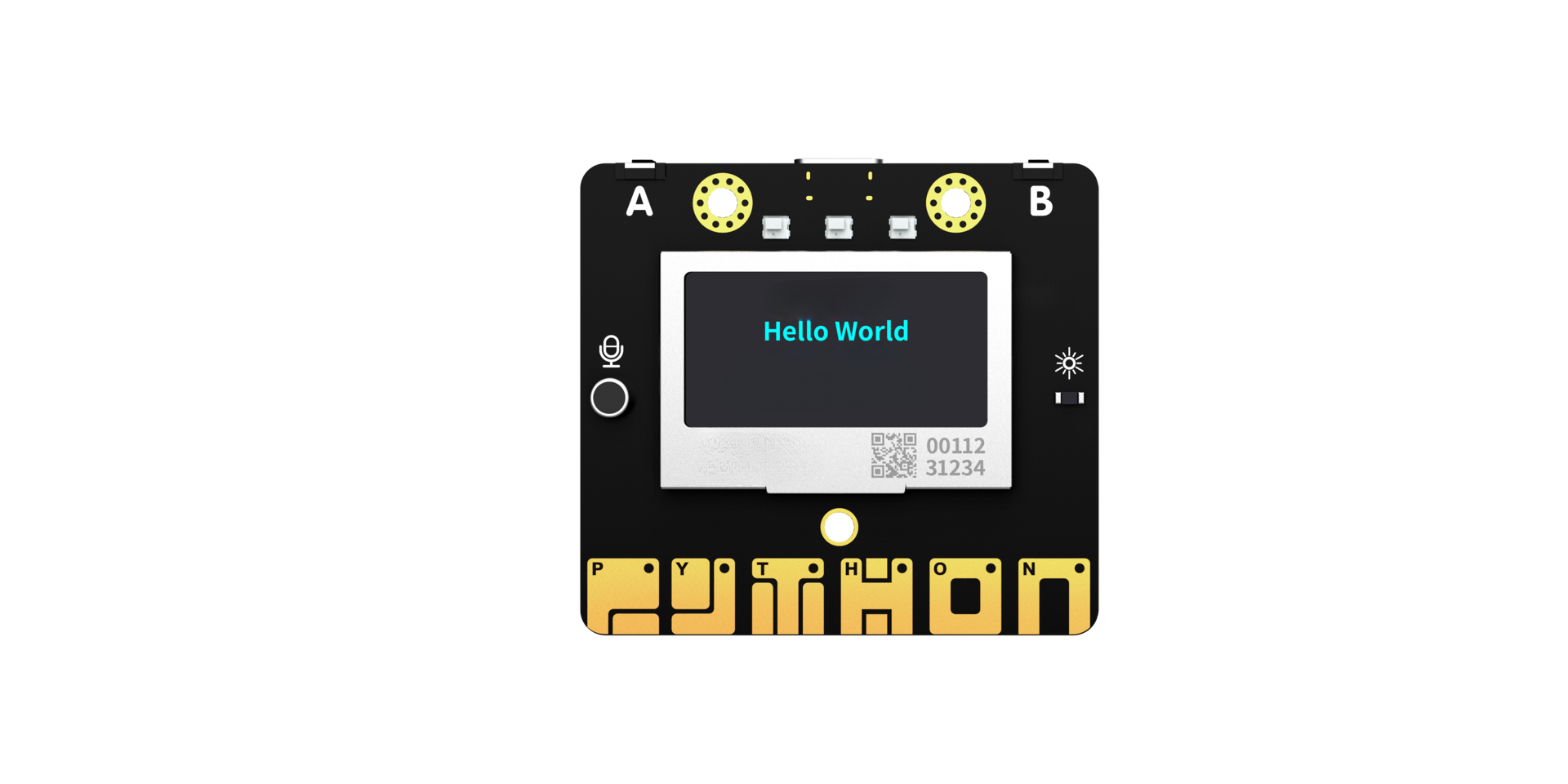Homepage

Welcome to the mPython Control Board
The mPython Control Board integrates the high-performance ESP32 dual-core chip into a user-friendly MicroPython microcontroller board. Using the popular Python programming language, this board simplifies transferring code from your computer, letting you dive into the exciting world of programming creation effortlessly!
Why Python?
Python is one of the fastest-growing programming languages globally. It's simple enough for educational purposes yet robust enough to power major web services like Instagram, Spotify, and Netflix. Python's influence is expanding into the realm of physical computing, where it is increasingly chosen over traditional languages like C, C++, and Arduino. Today, over 130 microcontroller boards, including the original Pyboard, various Adafruit boards, and five Arduinos, support Python programming.
Python vs. C++: Which to Learn?
New programmers often wonder whether to start with Python or C++. While there's no definitive answer, Python offers several advantages:
-
User-Friendliness: Python code is clean and readable, using indentation rather than semicolons and curly braces to define code blocks. Simplified Memory Management: As an interpreted language, Python handles memory management for you, eliminating the need to declare data types or manage memory directly. Rapid Prototyping: Python allows for immediate code execution without the compile-and-flash steps required by languages like C++. MicroPython: The Power of Python on Microcontrollers
-
MicroPython, created by Damien George, brings Python's simplicity and efficiency to hardware programming. Initially developed for the STM32 chip, it's now widely used in devices like the BBC micro:bit and ESP32. MicroPython features its own interpreter, making programming more accessible and enjoyable, especially with the interactive REPL environment.
Stay Tuned...
Explore more about how Python is revolutionizing hardware programming and stay updated with new features and capabilities of the mPython Control Board!
Technical Parameters
| Technical Parameters | Specifications |
|---|---|
| Processor | Tensilica LX6 dual-core processor (one core handles high-speed connections; one core handles independent application development) |
| Main frequency | Up to 240MHz clock frequency |
| SRAM | 520KB |
| Flash | 8MB |
| Wi-Fi standards | FCC/CE/TELEC/KCC |
| Wi-Fi protocol | 802.11 b/g/n/d/e/i/k/r (802.11n, speed up to 150 Mbps), A-MPDU and A-MSDU aggregation, support 0.4us guard interval |
| Frequency range | 2.4~2.5 GHz |
| Bluetooth protocol | Compliant with Bluetooth v4.2 BR/EDR and BLE standards |
| Bluetooth audio | CVSD and SBC audio Low power consumption: 10uA |
| Power supply mode | USB power supply; external power supply; |
| Working voltage | 3.3V |
| Maximum operating current | 200mA |
| Maximum load current | 1000mA |
| Take control of the board | |
| Three-axis accelerometer MSA300 | Measuring range: ±2/4/8/16G; |
| Six-axis sensor (v2.1.0 and later) | QMI8658C (LGA-14) gyroscope: optional range, up to ±2048°/s Three-axis accelerometer: optional range, up to ±16G; |
| Geomagnetic sensor MMC5983MA | Measuring range: ±8G range; accuracy 0.4mGs, electronic compass error ±0.5°; |
| Geomagnetic sensor MMC5603NJ (v2.2.0 and later versions) | 3-axis, minimum resolution is 0.0625mG, ±30G range, pointing accuracy within ±1°; |
| Light sensor | Phototransistor ALS-PT19-315C |
| Microphone | EM4013BTC1R16B-T0-423 |
| 3 full-color WS2812-2020 RGB-LED lamp beads | |
| 1.3-inch OLED display | Supports 16*16 character display, resolution 128x64 |
| Passive buzzer | SMD-050020F-03040N |
| Supports buttons | 2 physical buttons (A/B) and 6 touch buttons (P/Y/T/H/O/N) |
| Supports interface | 1-way alligator clip interface, which can easily connect to various resistive sensors |
| Expand interface | |
| Digital I/O channels | 20 channels (supporting 12 channels of PWM and 6 channels of touch input) |
| Analog input ADC | 5-channel 12-bit analog input ADC, P0~P4 |
| External input alligator clip interface | EXT/GND |
| Communication protocols supported | I2C, UART, SPI |